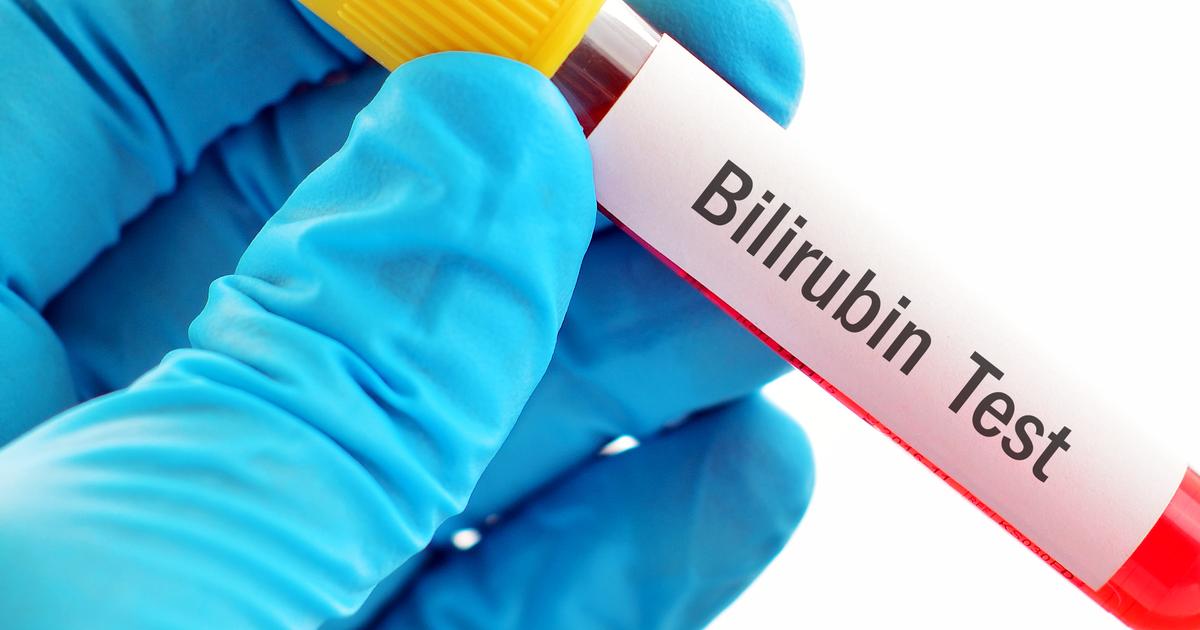What Causes Jaundice?
Medically known as icterus, jaundice occurs when the skin or whites of the eyes take on a yellowish tinge. For some patients with jaundice, a slightly greenish tinge may be present. Jaundice develops when the body cannot properly process bilirubin, a yellowish-orange substance in the blood. Although jaundice is more common in infants than in adults, it can develop at any age as a result of cancer, medications, and liver issues. Many patients with jaundice may also notice their skin feels very itchy.
Since jaundice could be a sign of a serious medical issue, patients who notice any unusual skin itching or changes to their skin color should see a doctor promptly. The doctor will assess jaundice by examining the skin and whites of the eyes. They might also need to carry out a physical examination of the abdomen to check for potential liver issues or masses. Blood tests will be ordered to check the patient's bilirubin levels, and a non-invasive device called a transcutaneous bilirubin meter may be used to measure bilirubin levels with a light placed on the skin. Infants with jaundice are typically treated with intravenous immunoglobulin, light therapy, or exchange transfusion. In adults, jaundice does not normally require treatment, and it often resolves once treatment for the underlying cause has been completed.
The conditions outlined below are some of the most common causes of jaundice.
Hyperbilirubinemia
Hyperbilirubinemia refers to elevated levels of bilirubin. This condition is considered to be the primary cause of jaundice, particularly in infants. In the first few days of an infant's life, they naturally produce more bilirubin than an adult would. This is because bilirubin is needed to break down red blood cells, and infants produce these at a much higher rate than adults do. They also have a faster rate of red blood cell breakdown than adults. While the liver is responsible for filtering bilirubin from the bloodstream into the intestinal tract, the liver of a newborn is underdeveloped, and it cannot filter bilirubin fast enough. Thus, the hyperbilirubinemia produces physiologic jaundice, a condition that typically appears on the second or third day of a newborn's life. Infants born before thirty-eight weeks have a higher risk of developing hyperbilirubinemia compared to those born at forty weeks.
Uncover more causes of jaundice now.
Bile Duct Obstruction Or Inflammation

Adults may develop jaundice as a result of bile duct obstruction or inflammation. Also known as the biliary ducts, the bile ducts are responsible for transporting bile (a yellow-greenish fluid manufactured by the liver to digest fats) from the liver and the gallbladder to the duodenum, an area of the small intestine. Inflammation of the biliary ducts could be caused by tumors or infections, and these could lead to obstruction of the ducts. Gallstones, cysts, abdominal injuries, hepatitis, and certain cancers may cause biliary duct blockages as well, with gallstones being the most common cause.
Patients with a bile duct obstruction or inflammation could experience jaundice, fever, unintended weight loss, dark urine, and pain in the upper right quadrant of the abdomen. Nausea, vomiting, and light-colored stools may be present as well. To assess a possible bile duct issue, doctors will perform blood tests, ultrasounds, and a biliary radionuclide scan. Patients might be asked to have MRI scans and cholangiography studies (x-rays of the bile ducts). If a bile duct obstruction is identified, treatment depends on the underlying cause. For example, obstructions due to gallstones may need to be treated with an operation to remove the stones or the gallbladder.
Continue reading to learn about more causes of jaundice now.
